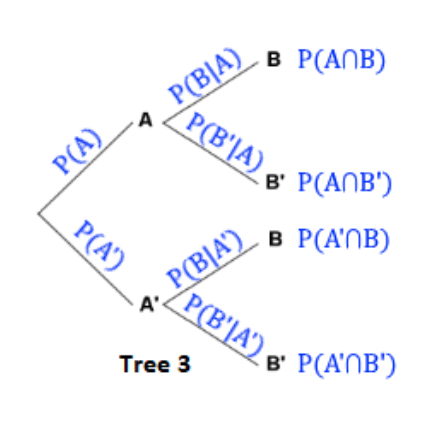Probability
Classical definition of Probability
- Probability measures the likelihood of an event happening.
The classical definition of probability, also known as the Laplace definition, states that if an experiment has a finite number of equally likely outcomes, the probability of an event occurring is given by:
Combined events
Independence Relation
if Event A and B are independent, then
Conditional Probability

Thus
Or
Bayes Theorem
Thus
Since
Random Variables
Probability Mass Function (PMF)
It denotes the probability that a discrete random variable
Probability Density Function (PDF)
For continuous random variable,
where
To find the probability that
Expectation
The expectation function, reveals the expected value of X in the long term. It is the product of x and the probability of x occurring. #Expectation
Discrete:
Continuous:
Properties of Expectation
Constant
Scalar Multiplicativity
Linearity of Expectation
Product of Two independent Variables
If
Variance
Formula
Variance is the spread of the random variable
We can also rewrite it as
It can be equated to
Properties of Variance
Constant
Scalar Multiplicativity
Translation Invariance
Additivity
If
Cumulative distribution Function
Is the summation of the Probability Mass and Density function. It is an S-shaped curve
Discrete
Continuous
Look at Distributions
Binomial Distributions
Modern Axiomatic Definition
It is based on the Kolmogorov probability axioms. Which extends the definition to unequal probability distributions, and also probability with infinite outcomes.
Kolmogorov Probability Axioms
let
if are disjoint